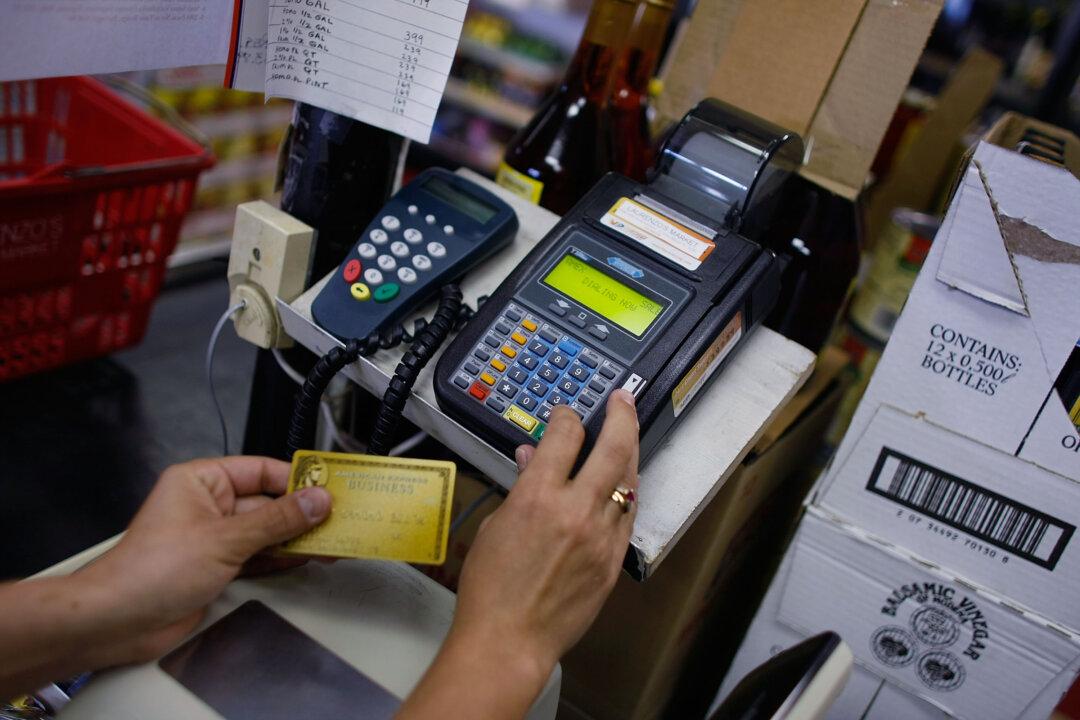By Tim Maxwell
From Bankrate.com
Credit card fraud ranked as the second most common form of identity theft in 2020, according to the Federal Trade Commission (FTC), trailing very close behind government/benefits fraud. The agency fielded 393,207 reports last year, up 45 percent from 271,823 in 2019, from consumers whose credit card accounts were compromised or who had new lines of credit opened in their name.





